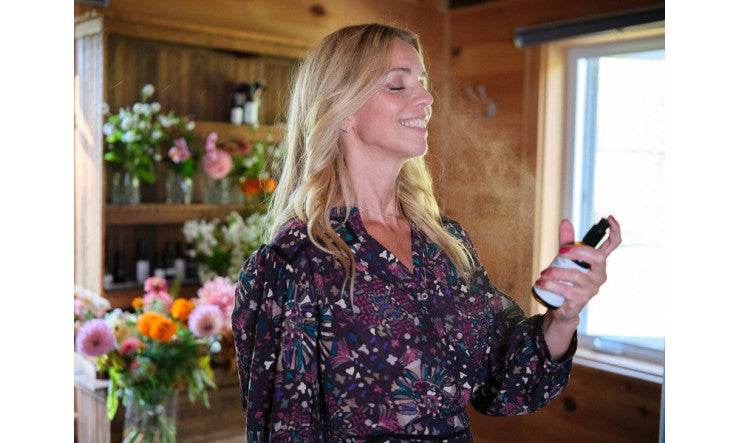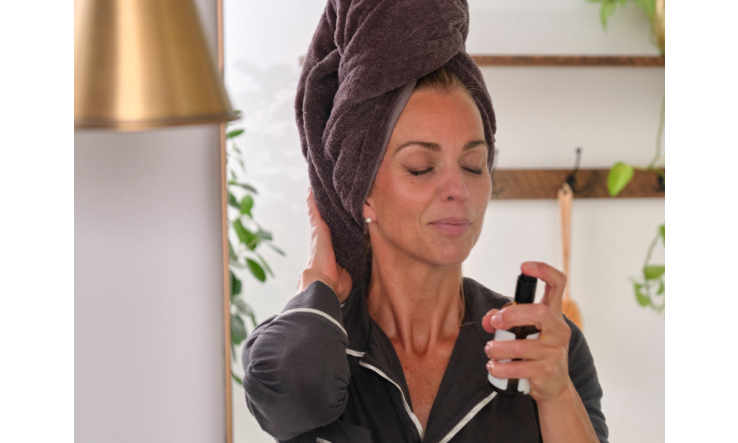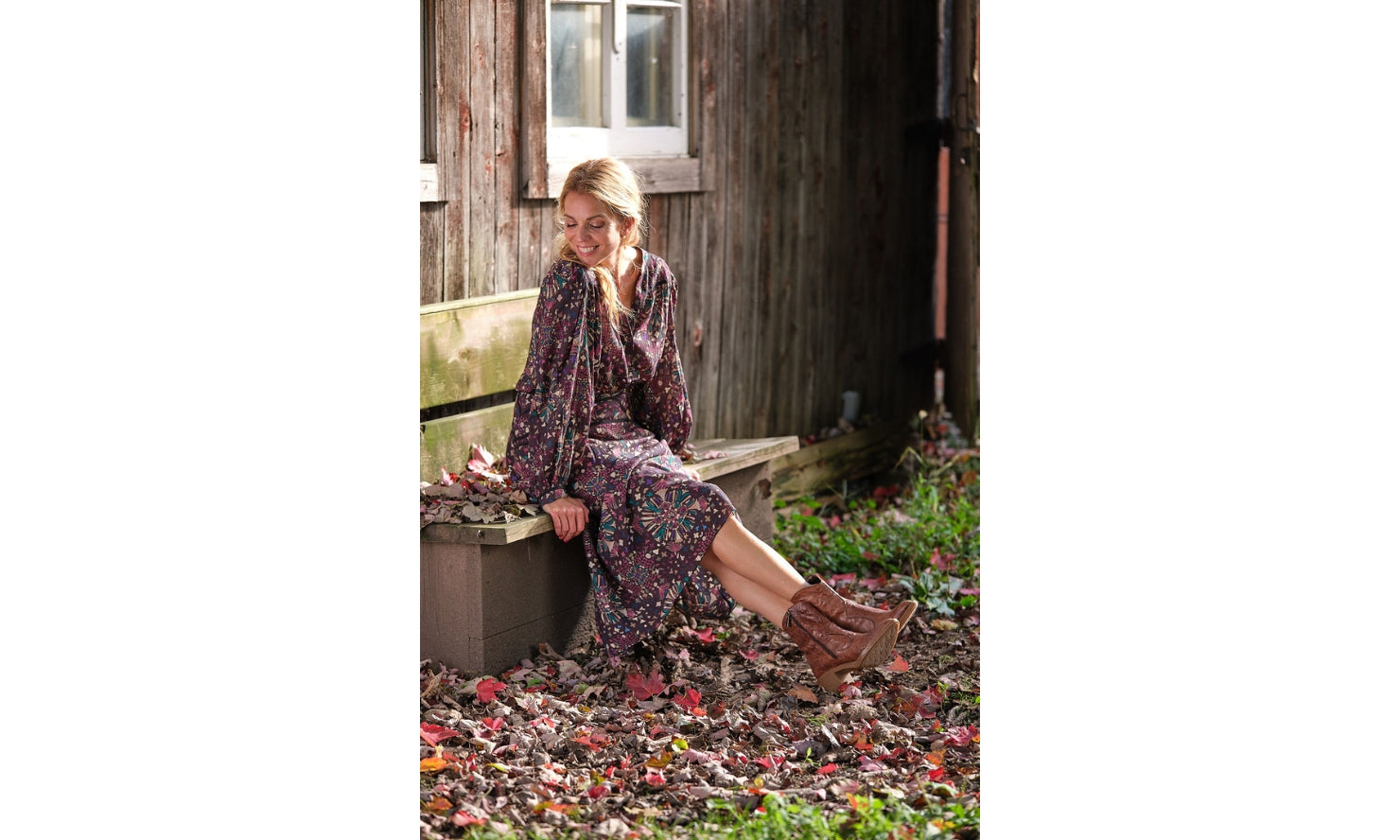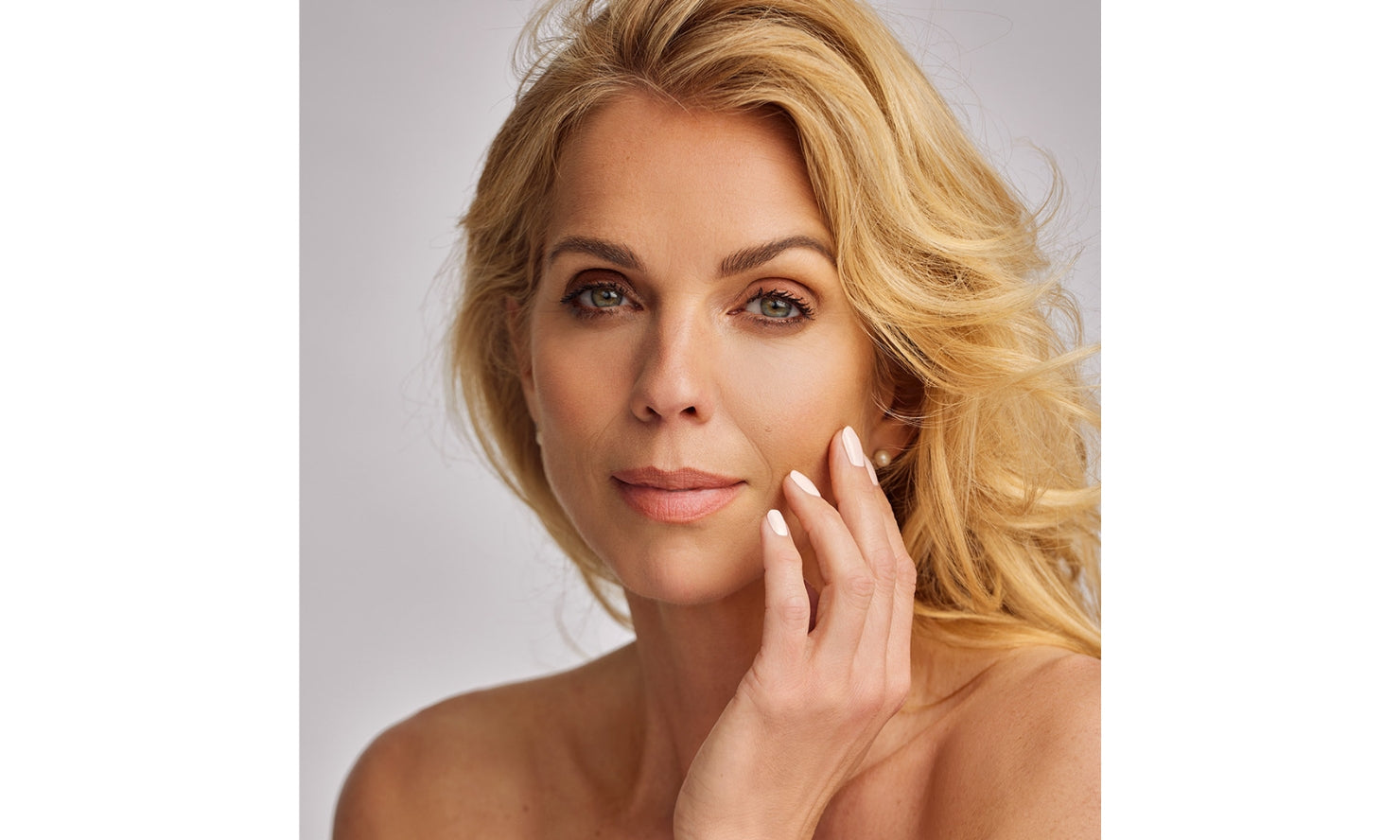Selenium & lycopene from tomatoes, antioxidants, nutricosmetics & UV
When developing our nutricosmetic kit (supplements for anti-aging effect on the skin, to keep skin @young » for a long time), Jean Yves suggested selenium and lycopene. We therefore submitted a unique formulation, with a cocktail of real antioxidants - not synthetic ones - to offer our skin an additional dose of choice antioxidants, always with the aim of supporting it on the anti-aging side.
Lycopene - Nutraceutical Properties
- Lycopene is a carotenoid that gives vegetables and fruits their red color. Due to its chemical structure, lycopene acts as an antioxidant, which is the basis for its health-promoting properties. Oxidative stress is recognized as an important agent of many chronic diseases; thus, lycopene appears to be a universal medicine. Lycopene has the greatest antioxidant potential among carotenoids. 1
Selenium - Selenium Levels and Skin Diseases
- Several studies have examined the association between selenium levels and skin diseases. A systematic review and this meta-analysis were conducted to assess the association between selenium levels and skin diseases. 2 Twenty-seven studies were identified and pooled to compare selenium levels in people with skin diseases. Conclusion: Selenium levels were associated with several skin diseases and disease severity, and high selenium levels tended to be a protective factor in some skin diseases.
Selenium - Role of Micronutrients in Skin Health and Function
- Selenium protects the skin from UV-induced oxidative stress by stimulating the activities of the selenium-dependent antioxidant enzymes glutathione peroxidase and thioredoxin reductase. Results from human studies have shown that selenium supplementation led to an increase in glutathione peroxidase levels in patients with psoriasis, resulting in improvement of the disease. Since selenium deficiency has been detected in patients with recessive dystrophic epidermolysis bullosa, selenium levels are a marker of this disease. In addition, its deficiency is associated with an increased risk of skin cancer. 3
Selenium & Lycopene
- UV rays are a source of free radicals. Antioxidants help combat the effects of oxidative damage caused by UV rays.
- We combine our selenium with a cocktail of antioxidants composed of lycopene from tomatoes (and not synthetic) to support this idea of an essential cofactor of our body's antioxidant pathways in order to reduce damage due to UV rays.
A randomized clinical study 4 concerning the photoprotection of human skin irradiated with UV rays was conducted, double-blind, in parallel groups of young healthy women and controlled by placebo in order to study the preventive and photoprotective effect of an antioxidant formulation containing both lipids and water soluble compounds: carotenoids (beta-carotene and lycopene), vitamins C and E, selenium and proanthocyanidins.
Endogenous antioxidants are decreased in the skin and blood during UV exposure. Combined supplementation with beta-carotene, alpha-tocopherol, and ascorbic acid in addition to topical sunscreens may help reduce the risk of sunburn.
Acute UV erythema with sunburn reaction is the most important factor in conjunction with cumulative UV dose throughout life to induce skin damage leading to photoaging and precancerous and cancerous lesions.
In this study, oral administration of this formulation appeared to be well tolerated. This formulation contains antioxidant compounds in amounts occurring at physiological levels and can therefore be used safely over a long period.
Despite the fact that the assessment of light sensitivity (minimal erythemal dose, chromametry) of the skin did not show statistically significant differences between the group taking the formulation and the placebo group, a clear statistical trend could however be demonstrated, i.e. the formulation was able to slow down the development time and the degree of UVB-induced erythema.
The data collected highlight that the supplementation found in the formulation decreases the UV-induced expression of matrix metalloproteinases (primary efficacy parameter), MMP-1 and 9, which could be important in photoprotective processes. In conclusion: the data from this study demonstrate that, through the combination of antioxidants included in this formulation, selective protection of the skin against irradiation can be achieved.
Other interesting points:
The rationale for selenium in inflammatory bowel disease
A view based on this mechanism was evaluated in a study. 5 Strengths were noted:
- Selenium deficiency is a common finding in inflammatory bowel disease and increases with disease severity;
- That it contributes to the efficient functioning of the antioxidant system and relieves colitis,
- That it contributes to the healing of mucous membranes by modifying the immune response.
- It can improve the protective gut microbiota, which is decreased in inflammatory bowel disease.
- Selenium may prevent colorectal cancer by modulating several signaling pathways.
Selenium is known for its purported anti-inflammatory properties. It is necessary for the biosynthesis of enzymatic selenoproteins, which contribute to antioxidant defense and the efficient functioning of the immune system. Several studies have shown that patients with inflammatory bowel disease have lower selenium levels than healthy subjects. Previous studies have indicated that selenoproteins can curb the inflammatory response and mitigate oxidative stress.
Brain, depression, mood, heavy metals
Dr. Jean-Pierre Willem mentions the following points 6 :
- Subjects consuming selenium noticed an improvement in their depressive symptoms after supplementing with 100 mcg per day. It improves mood.
- Through its many actions, selenium helps fight brain aging (free radicals) but also ensures good cognitive functions and a balanced mood. Regarding Alzheimer's disease, numerous observations have shown that the concentration of cerebral selenium was nearly 50% lower than that of controls not affected by this disease.
- Powerful antioxidant that protects cells against the toxic effects of heavy metals (arsenic, mercury, lead), alcohol, tobacco smoke and various air pollution.
References:
1. Małgorzata Grabowska, Dariusz Wawrzyniak, Katarzyna Rolle, Piotr Chomczyński, Stefan Oziewicz, Stefan Jurga, Jan Barciszewski. Let food be your medicine: nutraceutical properties of lycopene. Food Function. 2019 Jun 19;10(6):3090-3102. doi:10.1039/c9fo00580c. https://pubmed.ncbi.nlm.nih.gov/31120074/
2. Jun Lv, Ping Ai, Shuying Lei, Faqiong Zhou, Shangzhou Chen, Yang Zhang. Selenium levels and skin diseases: systematic review and meta-analysis. J Trace Elem Med Biol. 2020 Dec; 62:126548. doi: 10.1016/j.jtemb.2020.126548. Epub 2020 May 20. PMID: 32497930 DOI: 10.1016/j.jtemb.2020.126548 https://pubmed.ncbi.nlm.nih.gov/32497930/
3. Kyungho Park. Role of Micronutrients in skin health and function. Biomo Ther (Seoul) 2015 May; 23(3): 207–217.Published online 2015 May 1. doi: 10.4062/biomolther.2015.003 PMCID: PMC4428712 PMID: 25995818 https://www.ncbi.nlm.nih.gov/pmc/articles/PMC4428712/
4. Anne-Katrin Greul, Jens-Uwe Grundmann, Felix Heinrich, Inka Pfitzner, Jürgen Ernhardt, Andreas Ambach, Hans-Konrad Biesalski, Harald Gollnick. Photoprotection of UV-irradiated human skin: an antioxidative combination of vitamins E and C, carotenoids, selenium and proanthocyanidins. Skin Pharmacol Appl Skin Physiol. Sep-Oct 2002;15(5):307-15. doi:10.1159/000064534. PMID: 12239424 https://pubmed.ncbi.nlm.nih.gov/12239424/
5. Moein Ala MD, Zahedin Kheyri MD The rationale for selenium supplementation in inflammatory bowel disease: A mechanism-based point of view. Nutrition Volume 85, May 2021, 111153. https://www.sciencedirect.com/science/article/abs/pii/S0899900721000150
6. Jean-Pierre Willem. I Want to Be a Young Centenarian: The Essentials for Taking Care of Yourself and Staying Healthy. Éditions Dudauphin, October 10, 2013. ISBN: 9782716314930
Maison Jacynthe disclaims all liability. All information contained on this page is not intended to replace justified allopathic treatment or to disregard the expertise of the medical profession. It is up to each individual to take charge of their own health, to inform themselves, and to make the necessary changes to improve their condition. Therapeutic supervision by a qualified health professional is obviously recommended.


































































Leave a comment